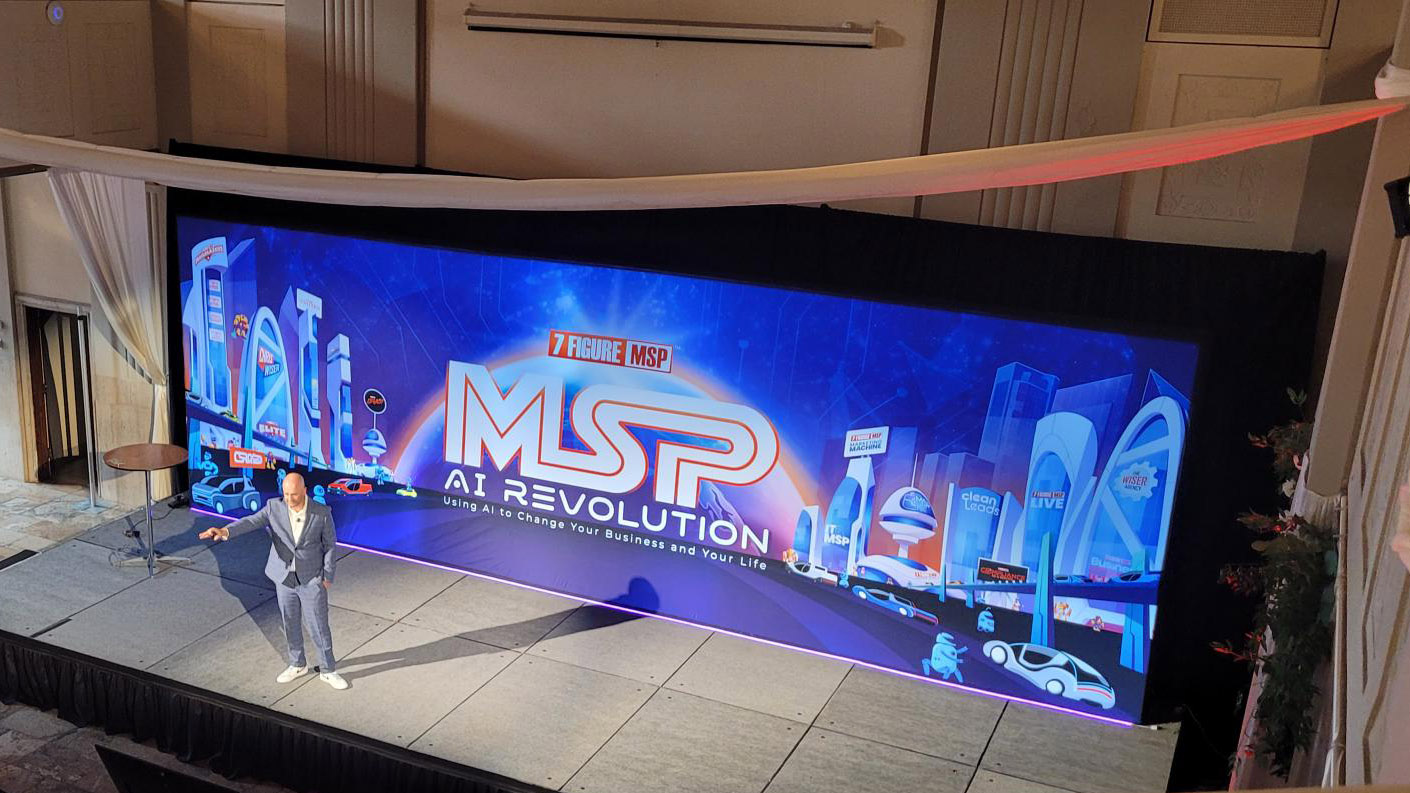Amazon Web Services, Inc. (AWS), an†Amazon.com†company (NASDAQ:AMZN), and VMware (NYSE:VMW), announced Amazon Relational Database Service (Amazon RDS) on VMware. Amazon RDS on VMware is a service that will make it easy for customers to set up, operate, and scale databases in VMware-based software-defined data centers and hybrid environments and to migrate them to AWS or VMware Cloud on AWS. Amazon RDS on VMware automates database management regardless of where the database is deployed, freeing up customers to focus on developing and tuning their applications. Available in the coming months, Amazon RDS on VMware will support Microsoft SQL Server, Oracle, PostgreSQL, MySQL, and MariaDB databases.†
Relational databases support practically all of the world’s business-critical systems operating on-premises. Provisioning, patching, backing up, cloning, restoring, scaling, and monitoring these databases is tedious, expensive, and risky – any mistake can lead to extended application downtime. And, it is even more difficult to set up and manage databases for high availability, replicating data across multiple nodes. Self-managed databases in VMware environments face these same challenges, plus for every database, customers need to create the database image, install the operating system, install packages, and set up the database. Supporting multiple versions and patching becomes cumbersome across an organization, especially as versions, configurations, and extensions drift with the growth of business. When security, compliance, and auditing requirements are added, the time spent on database fleet maintenance becomes a significant cost and distraction.
For the past nine years, Amazon RDS has been alleviating the pain of database management for hundreds of thousands of customers, delivering high availability, durability, and security for databases running in AWS. Amazon RDS on VMware will bring this same experience to VMware-based data centers. Amazon RDS on VMware manages databases from ground to cloud, enabling access to AWS through a single, simple interface. Amazon RDS on VMware automates database provisioning, operating system and database patching, backup, point-in-time restore, storage and compute scaling, instance health monitoring, and failover. Customers can also use Amazon RDS for VMware to enable low-cost, high-availability hybrid deployments, database disaster recovery to AWS, read replica bursting to Amazon RDS in the AWS Cloud, and long-term database archival in Amazon Simple Storage Service (Amazon S3).
“Managing the administrative and operational muck of databases is hard work, error-prone, and resource intensive,” said Andy Jassy, Chief Executive Officer, Amazon Web Services. “It’s why hundreds of thousands of customers trust Amazon RDS to manage their databases at scale. We’re excited to bring this same operationally battle-tested service to VMware customers’ on-premises and hybrid environments, which will not only make database management much easier for enterprises, but also make it simpler for these databases to transition to the cloud.”
“When we originally partnered on VMware Cloud on AWS, our message was clear – we’re giving customers what they want, the best of both worlds from the leaders in private and public cloud. With Amazon RDS for VMware, we’re doing it again,” said Pat Gelsinger, Chief Executive Officer, VMware. “This time we’re taking innovation from AWS and bringing it to the hundreds of thousands of customers that have made VMware their private cloud infrastructure of choice. With this offering from AWS and VMware, end users and database administrators alike now have access to a cloud-like database management experience, in whatever environment they choose to run – private or public cloud. This type of game-changing innovation shows the depth of the partnership VMware and AWS have, and the mutual commitment to listening to customers and delivering new and unimaginable value to help drive their digital transformation.”
Available in the coming months, Amazon RDS on VMware will support Microsoft SQL Server, Oracle, PostgreSQL, MySQL, and MariaDB databases.













